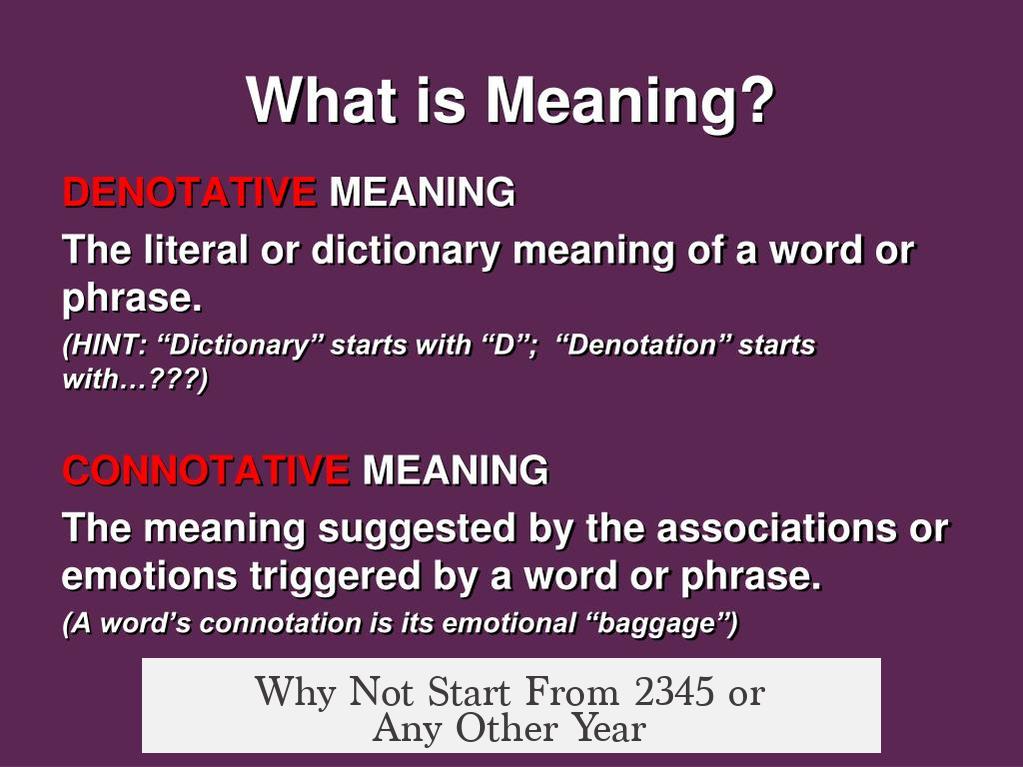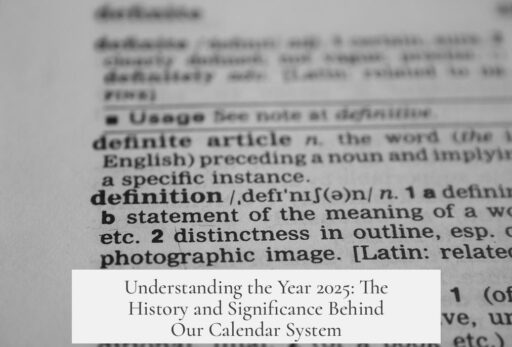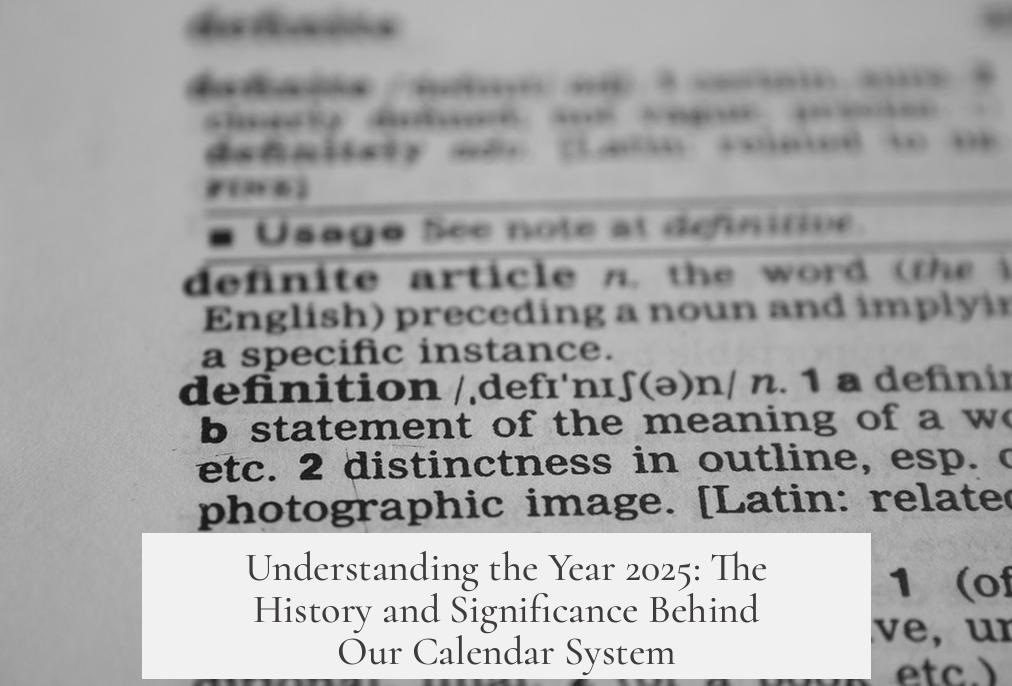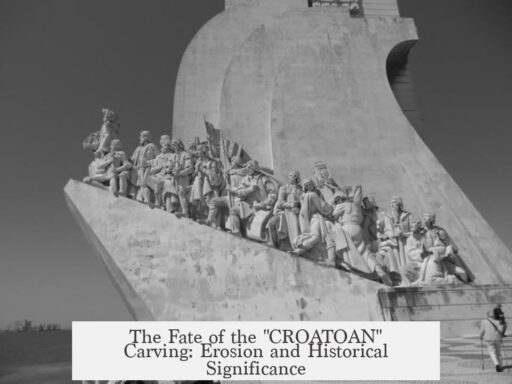The year 2025 is based on the Anno Domini (AD) system, which started counting years from the estimated birth of Jesus Christ. This system was devised in the 6th century AD by Dionysius Exiguus to mark years in relation to Christ’s birth, which serves as the reference point.
The AD calendar counts years forward from what Dionysius believed was the year Jesus was born. He designated this as 1 AD, the first year of the Lord. The year before is labeled 1 BC, standing for “Before Christ.” There is no year zero, which is a frequent source of confusion. Chronologically, 1 BC is immediately followed by 1 AD.
Dionysius Exiguus created this system to replace earlier methods based on the reigns of Roman emperors. His goal was to establish a religious calendar anchored on Jesus Christ as a regnal figure. The calendar spread throughout Europe over subsequent centuries, eventually becoming the global standard.
It is important to note that Dionysius’ calculation was an estimate. Modern historians generally agree that he miscalculated the exact year of Jesus’ birth by several years, likely placing it slightly later than the actual event. This means the current year count might differ by a few years from the real age of the calendar’s intended reference.
The idea of numbering years from a central event has precedent in other cultures, but the Christian AD system became widespread through the influence of the Roman Catholic Church and later European colonial powers.
| Key Points | Details |
|---|---|
| Reference Event | Jesus Christ’s birth (estimated by Dionysius Exiguus) |
| Start of Counting | 1 AD as first year; no year zero; 1 BC precedes 1 AD |
| System Origin | 6th century AD, proposed by a monk, Dionysius Exiguus |
| Reasoning | To mark years in a Christian regnal style – “in the year of the Lord” |
| Modern Usage | Global standard calendar era |
- The year 2025 reflects the AD count from Jesus’ estimated birth year.
- Dionysius Exiguus set this scale in the 6th century.
- The AD system lacks a year zero; it moves directly from 1 BC to 1 AD.
- Some scholars argue the original estimate of Jesus’ birth is off by a few years.
- Other year counts, like 2345, exist but are unrelated to this Christian system.
Why Is This Year 2025? Why Not 2345? When Did We Decide What Year It Was?

The year 2025 exists because of a system created to count years from Jesus Christ’s birth—or more precisely, what a 6th-century monk thought was Jesus’s birth year. That might sound straightforward, but the story behind how we ended up with 2025 rather than any other number is quite a fascinating journey involving history, religion, and a little guesswork. Let’s dive in.
First off, the entire calendar system we use today—known widely as the Anno Domini system, abbreviated as AD—is centered around what we call “the year of the Lord.” The phrase Anno Domini literally means this. The purpose was to establish a “regnal year” for Jesus Christ, kind of like how ancient kings would count years based on their reigns.
Who Decided This? Enter Dionysius Exiguus
Back in the 6th century AD, a little-known monk named Dionysius Exiguus was tasked with figuring out a way to number years for the Christian community. He decided the counting should start from the birth of Jesus Christ. So, in his system, the very first year after Jesus was born became 1 AD.
Sounds neat, right? Except Dionysius’s estimate was probably off by a few years. Modern historians now believe Jesus was born around 4 to 6 years earlier than his calculation. So basically, our entire calendar is based on a bit of a historical guess.
The Curious Case of No Year Zero
One little-known fact that trips people up: there is no year zero. The calendar jumps from 1 BC (Before Christ) straight to 1 AD. This can cause confusion, especially when trying to calculate spans of time crossing BC and AD. Think of it as going from 1 BC to 1 AD like flipping a switch—instead of counting zero as a separate year.
Yes, that’s weird, but it’s a quirk inherited from the way counting worked back then.
Why Not Start From 2345 or Any Other Year?

Good question! Why pick a moment nearly 2,000 years ago rather than anytime else? The choice boils down to cultural dominance and religion. When Christianity spread across Europe and became influential, the need arose for a unified calendar system. It made sense to start counting from the birth of Christ, the central figure of Christianity, since the calendar would serve religious and administrative purposes.
To put it bluntly, it was about who was in charge, what mattered to them, and how they wanted to organize time. Had history turned out differently—if a different religion or empire had dominated—the starting point could look completely different. Imagine if we counted years from a different key event, say, the founding of Rome or the birth of Buddha, or some other significant historical moment. Our calendar numbers today might be totally different.
The Practical Upshot of Starting With AD
The Anno Domini system brought order and a consistent framework to how years were labeled across much of Europe. It helped unify records, religious holidays, and government functions. Think about tracking historical events easily—Catholic churches, European monarchies, and scholars all shared the same calendar. Without this system, confusion would reign.
And sure, setting the year count from Jesus’ birth also carried theological importance—marking a symbolic break between a world before Christ and after Christ. This symbolic weight gave the AD system staying power.
So, What Does 2025 Actually Mean?
Right now, the year 2025 signifies “two thousand and twenty-five years since” the estimated birth of Christ, according to Dionysius’s reckoning. It serves as a marker in our shared calendar—helping us keep track of days, years, and history. But remember, it’s not absolute or perfect. It’s a human convention with its roots in religion and calendar politics.
Want a practical tip? When you hear someone mention “AD” or “CE” (Common Era—another way of saying AD without religious connotations), think of it as our way of measuring time tied to a particular moment in history chosen by a scholar long ago.
To put it simply, 2025 isn’t magic. It’s a label chosen hundreds of years ago, shaped by culture and belief, that’s stuck with us across centuries.
Final Thoughts: The Calendar and You
Next time you check the calendar or plan for the future, ask yourself this: Why do we track years this way? What are the implications of counting time from this particular point? Our calendar is a tool—one shaped by history, religion, and a dash of guesswork.
Could we switch to a different system tomorrow? Technically yes, but would it make sense when we’ve been counting like this for so long? Probably not.
So if you ever wondered why it’s 2025 today—and not 2345 or some other number—now you know it’s all thanks to a sixth-century monk’s estimate, the spread of Christianity, and the quirks of early counting systems.
And hey, if Dionysius had been a math whiz or if some other empire had won the calendar contest, we might be partying like it’s 2345 already. But then again, that’s time for another story.
Why is the year 2025 based on Jesus’ birth?
The year 2025 is counted from the birth of Jesus Christ. This system, called Anno Domini (AD), was created to mark years since Christ’s birth. It serves as a regnal year for Jesus, starting at 1 AD.
Who decided that Jesus’ birth is the starting point for year counting?
Dionysius Exiguus, a monk in the 6th century AD, set Jesus’ birth as the reference year. His estimate is not perfect but was widely accepted and became the basis of the calendar system.
Why don’t we use a year zero in this system?
The calendar goes from 1 BC directly to 1 AD without a year zero in between. This can be confusing but reflects the counting style used when the system was created.
Why not start at another year, like 2345?
The year numbering was fixed to Jesus’ estimated birth because the calendar was designed around Christian beliefs. Changing it now would create confusion and break historical continuity.
When did people start using this year-count system?
The AD system began in the 6th century AD, after Dionysius Exiguus introduced it. It spread gradually and became standard in Europe by the Middle Ages.




